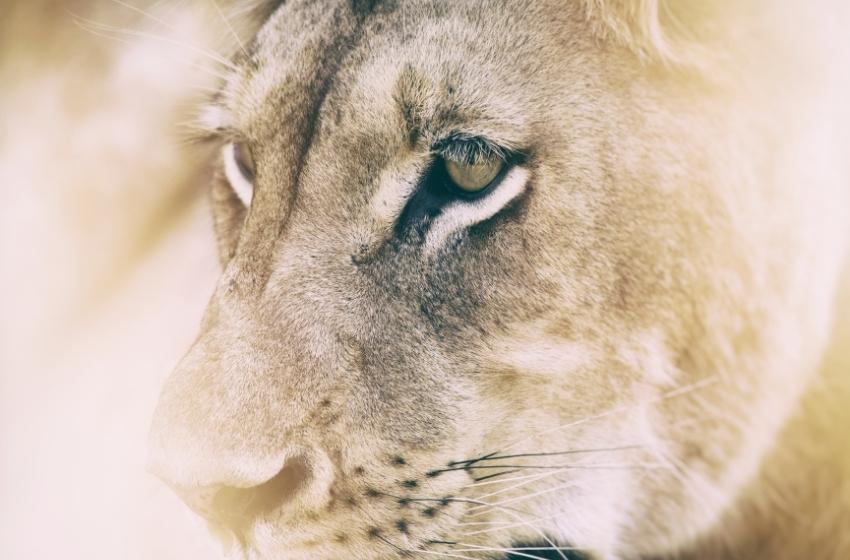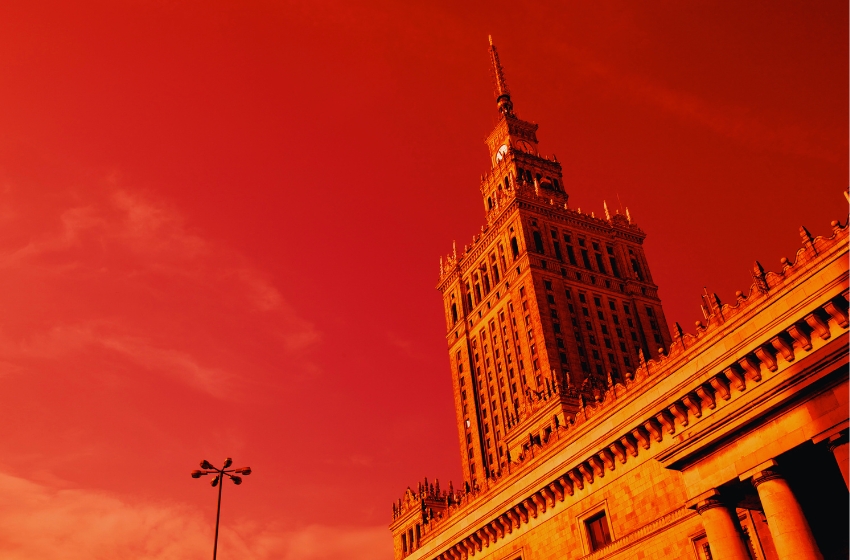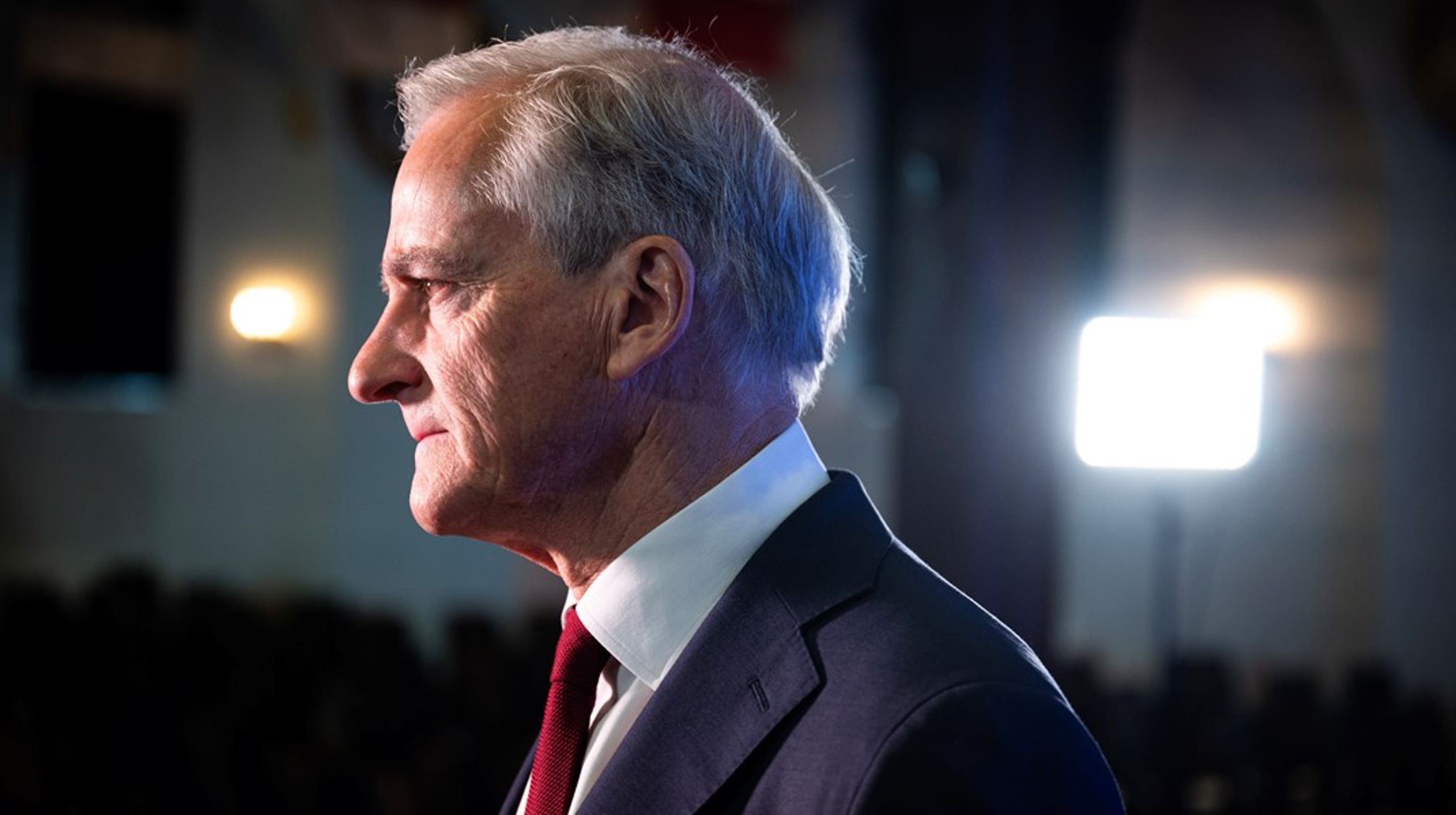The film "Lioness smiling" has been shooting in Odessa. It tells about the epic story of Heinrich Beizert, who managed to save the animals of the Odessa Zoo (one of the oldest zoological parks in Ukraine) during the difficult years of the occupation.
Heinrich Beizert, one of the founders of the zoo in Odessa, was born on April 16, 1877 in Christiania (today Oslo), Norway. At the age of three, he and his mother, Henrietta Resing, native of Trondheim, and his brothers, moved from Norway to live with their grandfather, whom by that time was living in Russia.
His grandfather Karl came to Russia during the economic crisis. He acquired a license for fishing in the seas in the north of the country. More precisely, he acquired parts of the coast with permitted fishing. Karl Beizert was a wealthy man and, expanding his trade, could acquire land in the South of the Empire. He will pay for his son Voldemar to study in the West and in Russia.
But let's go back to young Heinrich. His grandfather decided to keep the youngest of his grandchildren with him. Karl Beizert, very dissatisfied with the nature of his son's activities, who was completely absorbed in entrepreneurial activities, wanted a different fate for his grandson. He probably influenced the choice of educational institution for young Heinrich. According to the recollections of Heinrich Beizert's daughter Lydia, it was probably a lyceum or college of natural sciences, where her father graduated from in Norway.
The first time he went to Odessa was on one of his grandfather's ships carrying herring (in 1892 or in 1894). Having settled in Odessa with his mother, the young man started to work in variety shows and theatres of his father. He did not have a special theatrical education, but communication with theatre celebrities of that era could not pass for him in vain.

In 1907, his interest in the natural sciences led him to Paris, where he studied biology with enthusiasm at the Sorbonne. By this time, Heinrich Beizert was already married to one of the heirs of the Ferrein family, well-known Russian pharmacy owners, who came from the Russified Germans. The Ferreins have funded many projects related to the natural sciences, in particular they were sponsors of the Moscow Zoo, where they built many structures. Some outbuildings in the old territory have survived to this day. Perhaps, the active participation of the Ferreins in the organisation of the Moscow Zoo played a role in the life of Heinrich Beizert.
In 1908, he returned to Odessa, and he was completely captured by the idea of ​​creating a zoo. Zoo projects also existed in the last century. Previously, there were mobile menageries in the city, mostly foreign. In 1888, for the first time, they started talking about the need to create a stationary zoo in Odessa.
In 1888, the famous “Jardin de Plantes†was opened in Paris and the mayor Grigory Marazli, seeing this “seventh wonder of the worldâ€, wished to have something similar in Odessa. Any Marazli's desire for the Odessa Duma was the law, and the city architect Klein was instructed to draw up a plan "jardin de plant", which in Odessa was called "palmarium". The Kulikovo field was chosen as the place of construction. Endless debates began about the feasibility of this project. A proposal was put forward to build a zoo on French Boulevard. However, the zoo business soon died out. In 1889, another drawing and plan for "Menagerie on Police Street by the Cliff" appeared, but that was the end of it.
Only in 1910, in Odessa again started talking about the zoo in connection with the opening of an agricultural and industrial exhibition in the Alexander Park. The exhibition area was very interestingly equipped, even ready-made spaces for animals were built.
Almost 4 years were spent on preliminary negotiations, drawing up plans, drawings. They argued almost about the shape of the future keepers of the zoo. When compiling a list of future animals of the zoo, professors Batuev and Lignau "used all of Bram", and, as Heinrich Beizert wrote in his memoirs, "not a single species remained on the globe that was not required to be included in the number of permanent residents of the Odessa Zoo."
Heinrich Beizert, after returning to Odessa, worked in the Odessa Agricultural Society, participates in the organization of a hydrobiological station.
Since 1910, I have spent a lot of time and money on the construction of a zoo in the city of Odessa on French Boulevard on the territory of 16 acres. The cost of this structure was supposed to reach 600 thousand rubles. The building was a small town. Assignments were transferred to Hamburg to Hagenbeck for the purchase of animals. In Odessa, they began to build constriction ...
Heinrich Beizert
Since the beginning of the existence of the Odessa Society for the Acclimatization of Animals and Plants ("Yugoklimat"), Beizert was its active collaborator. In 1914, he organised the Odessa Zoological Garden joint-stock partnership. On Peter the Great Street, there was a representation of the partnership, where a telephone was even installed, which was a rarity at that time. On the front side of the ticket, which invited the partnership's shareholders to the meeting, there was a plan of the future zoo. The building of the future zoo proceeded very quickly, they began to build premises for animals, even supplied electricity.

However, with the outbreak of the First World War, these grandiose plans collapsed. A dog kennel was organised on the territory of the zoo.
Instead of predatory animals, I had to deal with dogs, compiling special units of the Red Cross for military service. More than three hundred dogs were trained for the sentry and sanitary service. The dogs were sent to the active army...
Heinrich Beizert
The dogs, which were equipped with harness and sanitary bags, were trained in such a way that, when approaching a lying person, they lay down in such a way that the wounded could reach the bag and use its contents. A staff of instructors worked in the nursery. To train the personnel and transfer the dogs, Beizert travelled to the front several times.
After the final establishment of Soviet government in Odessa in 1920, the charter of the "Yugoklimat" society was re-registered, the chairman of which was the famous scientist Professor D.K. Tretyakov, and Heinrich Beizert was the secretary.

In 1920, the "Yugoklimat" proposed to open a museum of natural history. For this purpose, the Vorontsov Palace was rented, which by this time was dilapidated. It is the “Yugoklimat†society and its energetic secretary Heinrich Beizert that are credited with organising the first zoo in Odessa.
The construction of platforms, roads, slopes, fences, buildings, grottoes for lions and bears, etc. was in full swing. The regional archive contains drawings of graceful pavilions in the "Mongol" style, grottoes for predators in the retaining wall. A slide with a fountain and caves was built for the mountain goats, which, by the way, has survived to this day. Much work was done to reinforce the lower wall to prevent landslide. Over 2000 conifers were planted in this area. Henrik Beizert considered the future zoo in Odessa as a base for the acclimatization of animals purchased for other zoos and arriving in our city by sea.

Note that in the early 1920s, the territory intended for the future zoo, despite its proximity to the historical center of the city, was rather neglected. The criminal chronicle of those years from time to time reported the crimes committed there. So the improvement of this corner was warmly welcomed by the citizens of Odessa. Who financed this construction? It was carried out mainly at the expense of "Yugoklimat" funds.
In December 1926, the director of the Berlin Institute of Natural Sciences, Reicheld, brought exotic animals to the zoo. In addition to monkeys, tropical fish and birds, this party of animals included an anteater, a tiger cat ... Heat-loving animals were kept in the wing and in some halls of the palace, where the first visitors to the zoo could admire them. By the beginning of 1927, the Odessa Zoo already contained 29 animals. At the same time the first “Temporary Zoo Guide†was published. Among its exclusives were: a lioness, “Murom bears Masha and Mishaâ€, an armadillo. The zoo was popular not only among residents of Odessa, its exposition was visited by guests of the city, in particular foreign sailors. According to the approximate income and expenditure estimate of the Odessa Zoological Garden for 1926-1927, it is indicated that 100 thousand visitors were expected during the year. The cost of the entrance ticket was 30 kopecks, for sightseers - 10.

Of course, the territory was not very suitable for keeping animals, and Beizert himself understood this well. By this time, the zoo already had opponents, who objected to the fact that the animals were kept near the port. But the main obstacle was the authorities.
Endless checks on the part of public education institutions were caused by only one thing: who finances? The inspectors were guided by the principle “if we don’t give them anything, then it is possible to take somethingâ€. Having received an answer from Beizert that the money for the construction came from their own pocket, they immediately wrote a denunciation to the State Committee for Funds. In 1928, on a false denunciation by the GPU, he was arrested. One of the accusations was that Beizert recruited people of "non-proletarian descent." After being imprisoned for 100 days, without charge, he was released.
During the isolation of Beizert, most of the collection perished. The State Committee for Funds, which has taken control of the zoo, received an offer to take the animals. They were transferred by Beizert to the zoos in Kiev, Kharkov, Leningrad. Within two years, everything was destroyed ...
Beizert went to Moscow. As Beizert's daughter Lydia recalled, in 1932 her father worked in the 1st exemplary menagerie in Moscow, travelled to Yemen and the United Arab Emirates to purchase animals. The base for their acclimatization was in Odessa. Thus, the connection with his hometown for Beizert was never interrupted.
By this time, a number of projects were submitted to the city authorities to determine the location for the future zoo. The site was chosen on today's Shevchenko Avenue (former Trabotti summer house), now the Victory Arboretum (Park Pobedy). An all-Union competition for the best project was announced, and three projects at once were accepted as the basis for the construction of the future zoo. The City Council issued a resolution on the organisation of a zoo in Odessa on Shevchenko Avenue, the construction of which began in 1929. But the construction was stopped for a banal reason: there were not enough funds.
Meanwhile, by the decision of the city authorities, the 1st Christian and 1st Jewish cemeteries were liquidated. Rich family crypts, monuments to famous townspeople were savagely destroyed and plundered. And on the "vacated" territory appeared Ilyich's park and ... a zoo.

In 1935, Beizert was offered a territory for a zoo, which should be built "as a business with the future income of the zoo." Beizert in a hurry to realize his plans, the territory of the zoo is being developed. The only archival document confirming the opening of the zoo in Novoschepny Ryad was the report of the zoo director Heinrich Beizert to the executive committee of the Ilychevsk District Workers' Council in 1945.
Odessa Zoo was organised on the territory of Ilyich Park in 1937, and without budgetary allocations, and worked on a self-supporting basis.
Heinrich Beizert
Yes, of course, he understood that the territory was not very suitable for the embodiment of his plans for a modern zoo, which could become not just a home for animals, but also a scientific and educational center.
However, he created a zoo in Novoshchepny Ryad, which became for many years a favourite place to visit not only for children, but also for adults. The period of the formation of the zoo fell on the years of war and occupation. During the defense of Odessa, subsidiary farms of the anti-aircraft anti-aircraft battery were located on the territory of the zoo. The soldiers of the battery took patronage over the animals of the zoo, helped the wounded animals, mowed the grass, and brought the meat of the killed horses. When an order was received from the headquarters of the commander-in-chief that Odessa should be abandoned, the evacuation of the army and the civilian population began. Equipment from factories and plants was taken out on ships of the merchant fleet, even the horses of cavalry units were evacuated.
However, it was not possible to take out the animals of the zoo. Therefore, Beizert remained in Odessa, having received an order from the Secretary of the Odessa Regional Committee to keep the animals alive at any cost. And he kept them during the war and the occupation, not having the slightest support from the authorities, as always relying on his own forces.
In the Beizert family archives, a memorandum from the first half of the 50s has been preserved. In it, Beizert writes:
"On October 25, 1941, the Nazis staged a bloody massacre in Odessa, destroying tens of thousands of innocent residents of our city. The "conquerors" of Odessa believed that all property was their property. In November 1941, a commission came to the zoo to take inventory of all property as a "trophy" of the conquerors of the Romanian army. We fed the animals ourselves, raising funds for food from scarce supplies, as and wherever we could. Nobody got paid. I suggested that the commission accept animals and people for the nourishment. The commission refused, they are unable to help in any way, as they themselves are starving. With this the commission left away."
Due to the fact that Pyntya (mayor) refused to support the zoo, Beizert opened a knitting workshop, the profits of which were used for animals meal. The territory of the Odessa region was donated by Hitler to his loyal ally Antonescu. When the Romanians retreated, they wanted to take with them the most valuable specimens of the Odessa Zoo collection. They especially wanted to take out the bison. Several times Beizert reported that the animal was wild and posed a great danger. When the order was received to take out the animal, preparing it for evacuation, Beizert set out on a trick. Leaving the zoo, transport with bison and other animals circled around the city. Then, he went to the station, where Beizert and hid them at the Odessa-Tovarnaya station.
Another note from the memoirs of Heinrich Beizert:
"Comrade Kolybanov was satisfied with the safety of the zoo. In June 1944, he gave me a mandate that everything was fully preserved. During the conservation period, I kept 500 heads of exhibits, paid the salary of the employees, but my salary and pension were not given to me, and the costs of keeping the animals were not paid by anyone. The property was fully preserved and the zoo began receiving its first visitors."
This was reported on April 12, 1944. At this time, the zoo contained 30 species of mammals, 21 species of birds and 1 species of reptiles. The enclosures contained 9 lions, to which Beizert himself had a special affection.
Beizert believed to create experimental laboratories at the zoo, which were supposed to work in the following areas: microbiology, hydrobiology, ichthyology, and even biological methods of combating agricultural pests. Moreover, on April 15 the experimental lab at the zoo was opened. However, in August 1946, the Odessa Zoo was transferred to the regional department of cultural and educational work, and other tasks were assigned to it. A new director came to the zoo.
Heinrich Vladimirovich continued to work, heading a microbiological laboratory and in 1949 he retired.

He died in 1960. His colourful figure is remembered by many old residents of the city. He adored his second wife Vera and two daughters. A teacher, a philologist by education, Vera was a faithful assistant to her husband, sharing his interests. For a long time she worked at the station of young naturalists. The eldest daughter Lydia moved to Moscow, became a theater critic, the youngest daughter Elena lived in Odessa. Currently, there is no one from the Beizert family left in Odessa. At the end of the last century, Lydia (left to Norway) visited the zoo, which was created and then preserved for the city by her father, the legendary Norwegian Henrik Beysert, under incredible wartime conditions.
Odessa will keep a grateful memory of him, as well as those of his directors who sincerely tried to make the zoo not just a place of recreation, but a true oasis of protected nature in the city.

Filming is being carried out at the Odessa Film Studio with the participation of the Yug-Film film company. Actors of Odessa theaters are involved in the film, and the first scenes were filmed at the apartment of Galina Deribas from Odessa. The director and scriptwriter is Igor Kozlov-Petrovsky, and the well-known local historian Valery Sherstobitov helps to restore the style of the 1940s.
Based on material prepared by Alexandra Volkova, head ecological and educational department of the Odessa Zoo





















